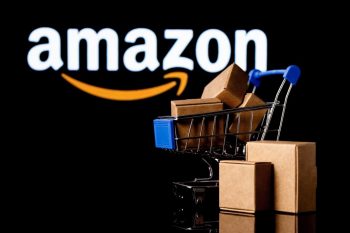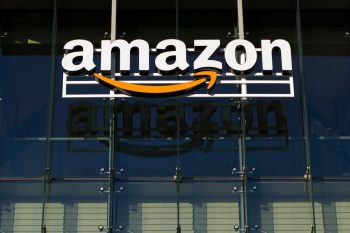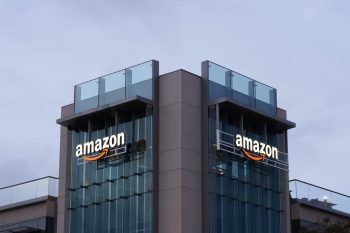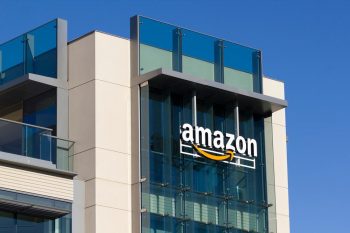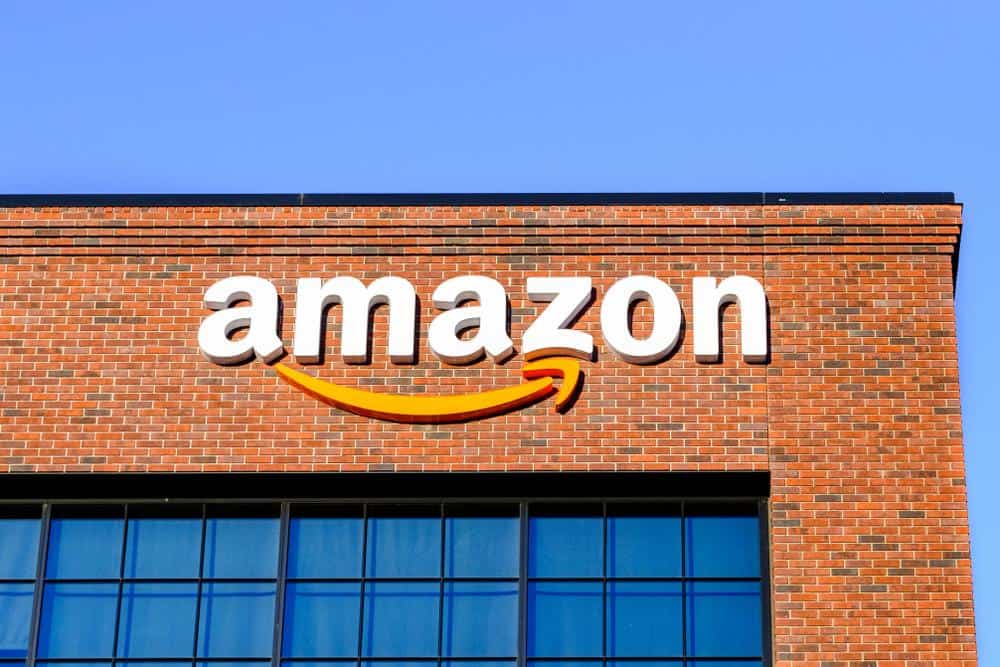
Amazon’s journey from a humble online bookstore to the world’s largest e-commerce platform is a testament to its relentless focus on innovation, customer service, and strategic growth. The company’s unique business model, combined with its commitment to customer satisfaction and continuous improvement, has cemented its position as the leader in the online retail industry. This article will delve into the various factors that have contributed to Amazon’s success and its status as the biggest online retailer.
Amazon is the biggest online retailer due to its relentless focus on customer satisfaction, innovation, and strategic growth. Its mastery of logistics, competitive pricing, wide product range, and the ability to attract third-party sellers contribute significantly to its success. The company’s continuous growth and efficiency in delivery and fulfillment processes also play a crucial role in maintaining its position as the largest online retailer.
Innovation and Adaptation
Amazon has always been at the forefront of innovation and adaptation in the e-commerce industry. The company has expanded beyond its core retail business into areas such as cloud computing with Amazon Web Services, digital media with Amazon Prime Video and Music, and artificial intelligence with products like Alexa.
This willingness to venture into new territories and take calculated risks has allowed Amazon to stay ahead of the competition and continuously offer new value to its customers.
Customer Focus
Amazon’s customer-centric approach is one of the key reasons behind its success. The company’s mission is “to be Earth’s most customer-centric company,” and it has continually invested in enhancing the customer experience.
Some of the services that have set Amazon apart from its competitors include free shipping for Prime members, easy returns, personalized recommendations based on browsing history, and a user-friendly interface that makes shopping a breeze.
Logistics Mastery
Amazon’s mastery of logistics, backed by artificial intelligence and data analytics, is another significant factor contributing to its success. The company’s sophisticated supply chain management and efficient delivery system ensure that products reach customers quickly and reliably.
Amazon’s investment in logistics infrastructure, including its vast network of fulfillment centers, enables it to offer services like same-day delivery and Amazon Prime’s two-day shipping, giving it a competitive edge in the market.
Popularity and Competitive Pricing
Amazon’s popularity among consumers is unmatched. As the most visited eCommerce platform in the United States, it has a vast customer base that continues to grow year after year. This popularity is fueled by Amazon’s competitive pricing strategy. By offering a wide range of products at different price points, Amazon caters to various customer budgets and preferences, attracting customers looking for the best deals.
Third-Party Sellers and Wide Product Range
Amazon’s platform allows third-party sellers to reach a vast customer base, contributing to its extensive product range. This strategy not only expands Amazon’s product offerings but also attracts more sellers to the platform, creating a virtuous cycle of growth.
Efficiency and Growth
Amazon’s efficiency in delivery and fulfillment processes, combined with its continuous growth, has allowed the company to maintain its position as the largest online retailer. The company’s commitment to long-term growth and investments, even at the cost of short-term profits, has led to the development of new services and initiatives that have fueled its success.
Conclusion
In conclusion, Amazon’s success as the biggest online retailer can be attributed to its focus on innovation, customer satisfaction, mastery of logistics, popularity, competitive pricing, and continuous growth. By prioritizing these areas, Amazon has not only maintained its position as a market leader but also set new standards for the e-commerce industry.
As the company continues to innovate and expand, it is poised to maintain its dominance in the online retail space for years to come.
Frequently Asked Questions
What was Amazon’s initial business when it started?
Amazon started as an online bookstore before expanding into other product categories.
What is Amazon Web Services?
Amazon Web Services (AWS) is a subsidiary of Amazon that provides on-demand cloud computing platforms and APIs to individuals, companies, and governments, on a metered pay-as-you-go basis.
What are some of the benefits of Amazon Prime membership?
Amazon Prime membership offers numerous benefits including free two-day shipping on eligible items, unlimited streaming of movies and TV shows with Prime Video, ad-free streaming of millions of songs and thousands of playlists and stations with Prime Music, and more.
How does Amazon’s supply chain management contribute to its success?
Amazon’s supply chain management ensures efficient and quick delivery of products. By leveraging artificial intelligence and data analytics, Amazon can predict demand, manage inventory, and ensure timely delivery, contributing to customer satisfaction and loyalty.
What is Amazon’s strategy for pricing its products?
Amazon uses a competitive pricing strategy. It offers a wide range of products at different price points, catering to various customer budgets and preferences. This strategy helps attract customers looking for the best deals.
How does Amazon support third-party sellers?
Amazon provides a platform for third-party sellers to sell their products, reaching a vast customer base. It also offers services like Fulfillment by Amazon (FBA) where it handles storage, packaging, and shipping on behalf of the sellers.
How does Amazon ensure its continuous growth?
Amazon focuses on long-term growth and investments, often at the cost of short-term profits. It’s continuously innovating and expanding into new territories, developing new services and initiatives to fuel its success.


